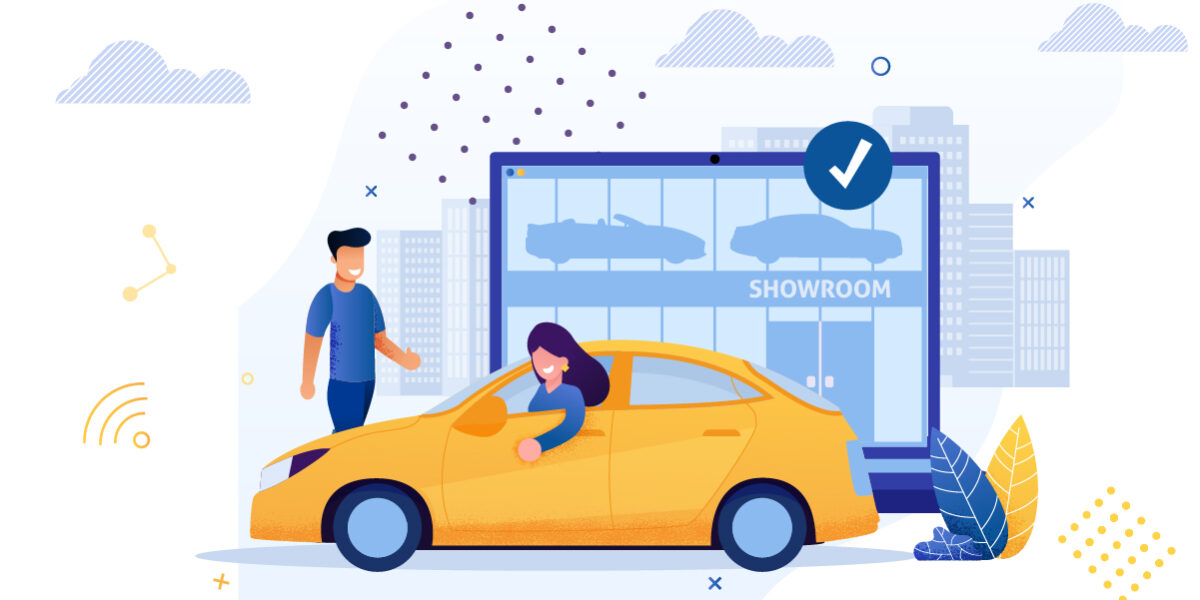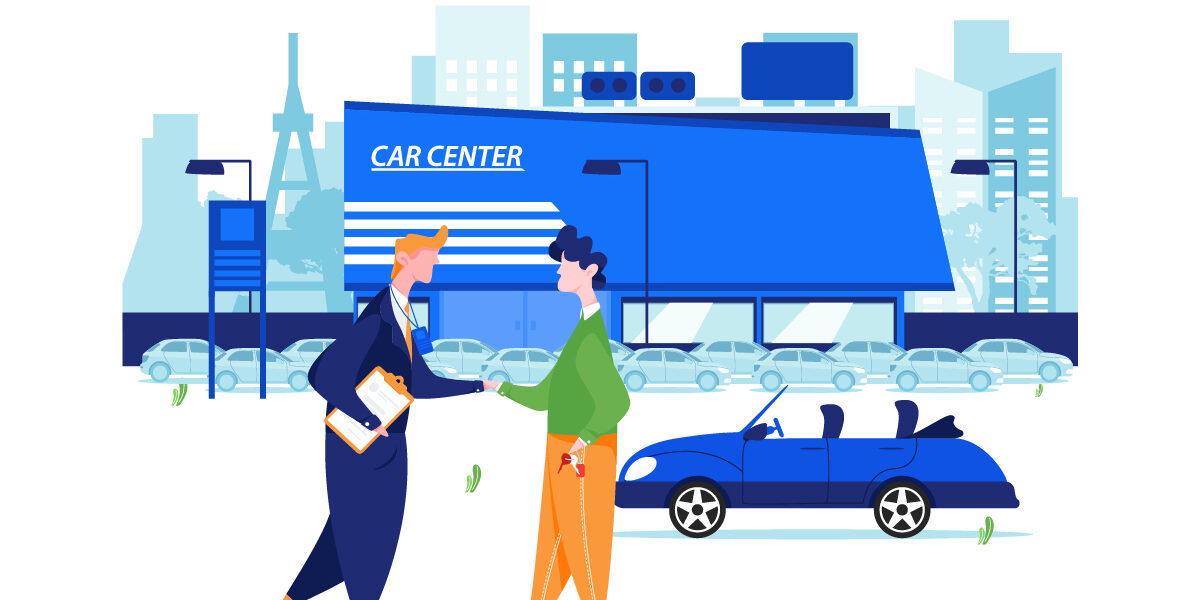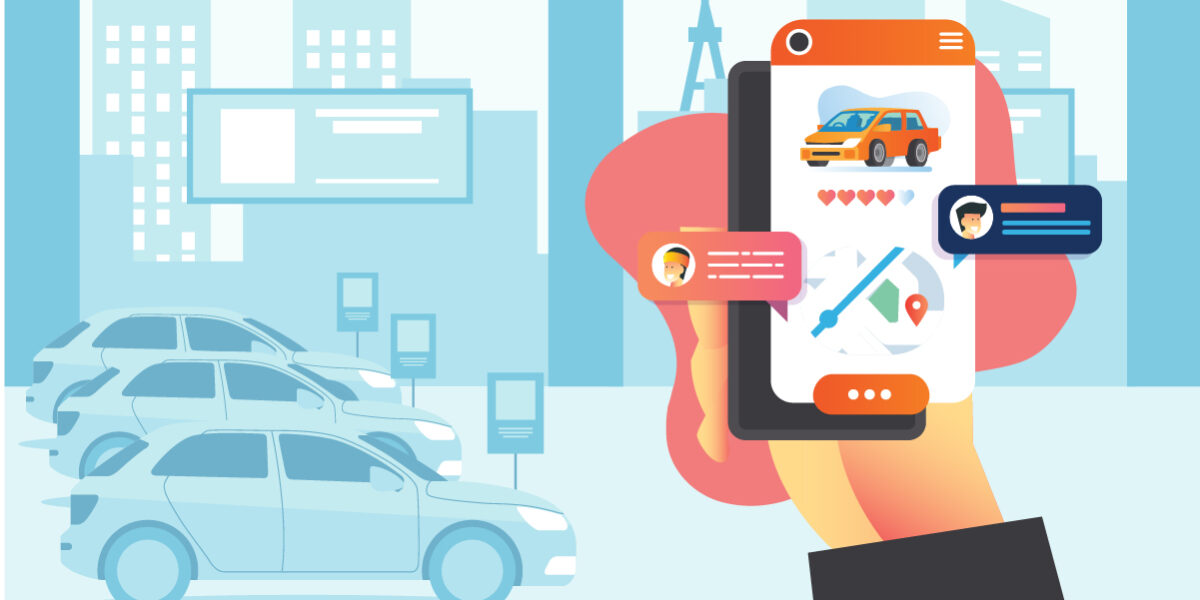Many consumers have gone through the experience of shopping for a car. This usually starts off by visiting the nearest showroom where a sales executive runs you through a list of car models, their parts and features while making a comparison to their competitor’s offerings. In addition to that information sales executives also share details regarding pricing, finance plans and more so you can make an informed decision.
After this you’re likely to take your chosen vehicle out for a test drive. A successful test drive means half of the work done for the sales rep. In today’s world of busy schedules however test driving in person is a luxury that not many customers can afford. They still nevertheless demand that their expectations be met whilst receiving one-on-one attention.
Considering technologies such as Augmented Reality (AR) and Virtual Reality (VR) is essential if car dealerships are to deliver better customer shopping experiences. AR and VR are remote marketing tools that are utilize high-speed internet enabling car dealerships to target an expanded audience without the limitation of location-dependent marketing strategies.
These technologies can target larger audiences while perpetuating a highly individuated approach despite target user numbers. Tackling car sales in this manner could be a game changer for traditional car sales. Research indicates that 100 million consumers are expected to use AR and VR technologies to shop in the near future and auto dealerships can tap this disruptive technology to their advantage.
Expanding VR and AR from Design to Sale
There have been a number of eventful developments in the realm of AR and VR that have seen cross-industry impacts. In 2015 AR was used for the first time in automobile manufacturing. Lexus currently operates a driving simulator while Ford’s Immersion Lab with the help of the Oculus Rift forecasts vehicle designs.
These developments from the automobile design front are slowly expanding into augmenting the dealership experience. AR and VR can be used for demos and to create test drive simulations as part of the buying process. This can be a revolutionary experience for the customer letting them get a feel for the vehicle even before its release. Volvo is a pioneer in implementing VR and has made the most out of such promotions by partnering with Google Cardboard to create a virtual test drive for its new XC 90.
Enhancing Sales with VR & AR
Remote working technologies have simultaneously reduced our workload while also increasing the number of hours we work. With people spending more time in front of screens this means less time in your showroom. AR and VR are your best bet for addressing this scenario. It enables enhanced customer experiences for remote prospects which can drive higher conversions and sales.
Prospects can take a five-minute breather between work to switch tabs onto your website where they can avail various AR and VR offerings so long as their headsets have a camera incorporated. Instead of requesting a showroom visit you could ask customers to make use of an app.
A virtual showroom experience will likely give customers a sense of satisfaction and ultimately drive them to visit the showroom in person based on information and the AR or VR experience. Even in the showroom, VR and AR can still be used to provide exciting immersive VR experience complete with headset and software. VR packages can generate a number of different terrains that the customer can drive over to receive feedback on how the vehicle will perform in real life.
Implementing AR for Vehicle Support and Customization
Along the buyer journey you will reach a point where your customer has chosen their desired vehicle and then requests request vehicle spec modifications. It may be a matter of a different color, rims, upholstery or other custom parts. In the event their preferences are not available in the showroom for display you can leverage AR to give customers a visual on their choices.
By simply requesting them to use a mobile app, AR can overlay various customizations onto any car of the chosen model. They can try different combinations to see which one would look best in real life before they make a purchase.
An added benefit with AR is that customers can resolve common vehicle issues without the help of a specialist. By simply holding the mobile device up to view the vehicle, AR can give component-specific feedback that can be used to quickly solve any problems. AR can also come in handy when you do need to call in specialists to do the job. They can guide the customer through AR head gear like HoloLens to fix the problem step by step.
Customer experience can significantly benefit from AR and VR technologies making it easier for customers to decide upon their purchase.
If you’re considering harnessing disruptive technology to boost sales for your auto dealership, the SalesCatcher team would be glad to help. Harnessing disruptive technology for digital transformation can be a crucial factor in the sustained success of modern dealerships. Cater to consumers and achieve greater agility with SalesCatcher’s Intelligent Offering (SCiO). Our AI orchestration platform – iOFlow, working in tandem with our intelligent RPA tool – iOBot can create a highly customized experience for each of your consumers. If you’d like to find out more our team at SalesCatcher would be happy to help.




